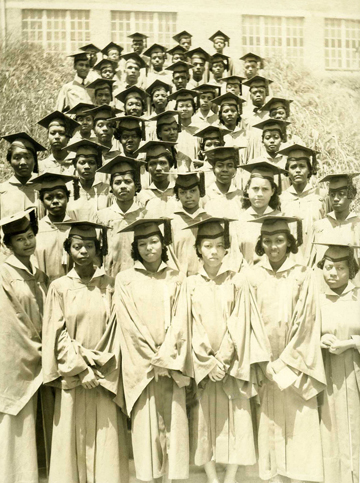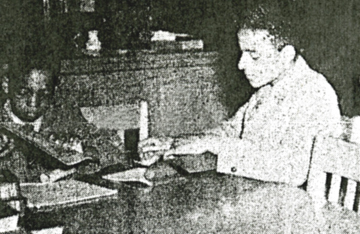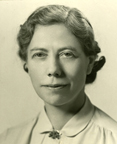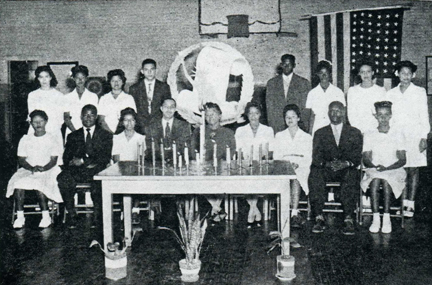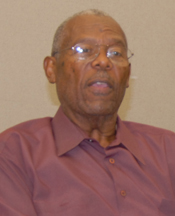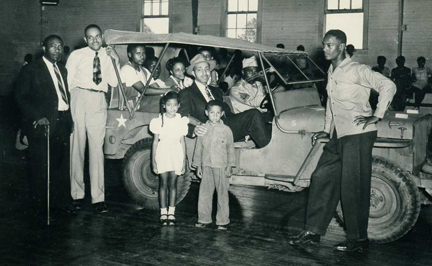

Curriculum Experimentation “The task of the Secondary School Study was to find means by which the curricular offerings of black high schools could be influenced by accepted educational practices that had enriched other school curricula but which were practically unknown in most black schools.” W. H. Brown & W. A. Robinson, Serving Negro Schools (1946)
|
||||||||||||||||||||
“Southern Lab provided me with an excellence and well-rounded education; their curriculum ensured that I knew history, English, the arts and sciences. I could build upon my education when I went to college; the fundamentals were there in high school. The lab school challenged all of us and made us strong. The teachers made the difference because they loved and cared about us. These teachers were truly inspiring.” Huel D. Perkins |
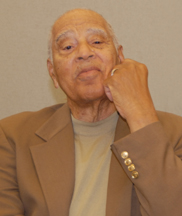 Huel D. Perkins |
|||||||||||||||||||
from the Secondary School Study Catalog
|
||||||||||||||||||||
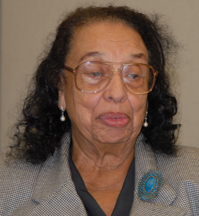 Audrey Nabors-Jackson |
“The free reading program was not merely a matter of reciting the plot from what we read. Students were asked and expected to truly engage with the material and to interpret what we were reading. And there was a sense of flexibility for our selections. We were encouraged to explore literature based upon our interests and needs.” Audrey Nabors-Jackson |
|||||||||||||||||||
“Southern University and the Demonstration School should be trying constantly to bring the best in national curriculum theory and practice into the schools of Louisiana. The school, then, should not be afraid of being experimental in its relationship to other schools in the state, though it should be thoughtful and evolutionary in modifying its practices. I had the feeling that the hesitation over new practices was due to the fact that most of the people whom I met and talked with were too modest about the possibilities in themselves and in the situation. Realistic examination of the tasks confronting education is the basis for an intelligent attack upon those problems, and out of the experience of attacking them successfully comes confidence. The faculty needs that kind of confidence; it can do brilliant work if it finds its security in the exercise of intelligence instead of in the perpetuation of tradition. The attitude of administration plays the largest part in determining whether creative thinking on the part of the teachers will be discouraged or encouraged.”
|
||||||||||||||||||||
One aspect of the Southern University Demonstration School curricular experimentation involved development of an evaluation program (similar to what had been developed for the Eight Year Study. Secondary School Study documents report that Principal Boley and Demonstration School faculty sought to redefine the curriculum in "all areas of school work" and to determine student needs as "indicated in a school wide testing program." As Audrey Nabors-Jackson describes during oral history interviews, "the testing program was different from those now in use. We were not taught the test and instruction did not focus exclusively on content. The teachers were developing our skills and our interests, and the test was merely to help us see if we wished to continue studying and working in specific areas.”
|
||||||||||||||||||||
“The testing program at Southern High was a way of life and not meant to frighten us; we grew up on tests. Evaluation was not meant to punish us but to help us learn. We were taking tests throughout our entire schooling and the teachers adapted their instruction based upon our results.” Gloria Murray Handy |
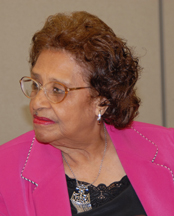 Gloria Murray Handy |
|||||||||||||||||||
| Curriculum development continued to focus on "core curriculum" determined not by the standard predetermined course of study but, instead, by the evolving conception of "the needs of students." This took the form of building democratic communities and constructing educational settings within the classroom and within the general school community. | ||||||||||||||||||||
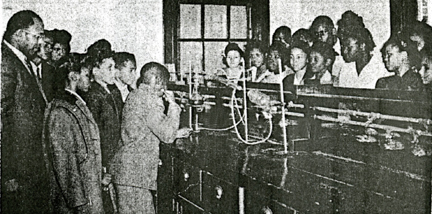 |
||||||||||||||||||||
“Southern High had a beautifully developed and well-rounded curriculum. While it was a uniform, common core curriculum, the courses were adapted to fit the needs of all of the students.” |
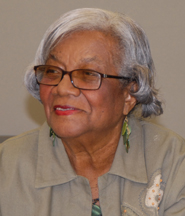 Lee Ethel Gray Patty |
|||||||||||||||||||
"The purpose of the Student Association shall be to give students an opportunity to participate in a democratic way of life by actually practicing the principles of self government. |
||||||||||||||||||||
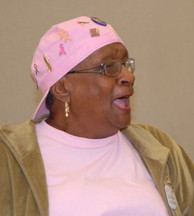 Julia Bradford Moore |
“Our Student Council at Southern High helped us to become disciplined. If we did something wrong, the teachers wouldn’t punish us. We would appear before the Council, and a group of our peers would determine the punishment. The school embraced a sense of democratic participation, and we learned to be responsible for our actions and to accept consequences.” |
|||||||||||||||||||
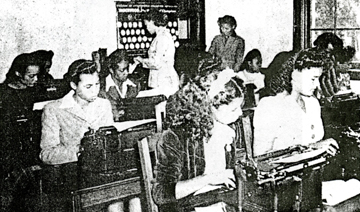 The historical mission of black education at the secondary school level is often described as the tension between a college preparatory course of study and a more occupational-vocational curriculum, a false dichotomy established by the emblematic beliefs of W. E. B. Du Bois and Booker T. Washington. Participating Secondary School Study sites often configured their curricula to bring together all students and to permit the core courses to serve as an occasion to define community. Specialized courses allowed students to pursue specific academic and vocational interests, yet the core courses brought all the students together in homogenous groupings. |
||||||||||||||||||||
|
“There was no tracking at our school. We were all together. Some struggled but it meant much to everyone to be together; we worked together as a community, those of all abilities; but we were one. Our strength was in our people—the neighborhood, and our strength was in our teachers.” John B. Cade |
|||||||||||||||||||
"Examples of War-time Programs involving 'Regular' Classroom Work" from Secondary School Study documents: "The effort on the part of Negro schools to convert to a war-time basis constitutes a school-wide program which one recognizes through only casual observation. Almost immediately one sees evidences of scrap drives, stamp sales and programs designed to build morale.
|
||||||||||||||||||||
Finally, it should be noted that while the Secondary School Study focused its attention on progressive education at the secondary school level, staff members and consultants viewed each setting on its own terms and often viewed the experimental site as grades 1-11/12 or middle-secondary school. Margaret Willis noted the important core curriculum work underway in other grades: “One of the best pieces of English teaching I have observed in a long time took place in the sixth grade as Miss Patty taught a geography lesson. The seventh grade core has enlisted the personal interests and responsibility of the children to such an extent that they are constantly busy without the teacher needing to tell them what to do next. In all grades students show responsibility for the care of the building and grounds. The student council and the school paper both seem to be carried largely by student initiative.” |
||||||||||||||||||||

an institutional member of the International Coalition of Sites of Conscience
Museumofed@gmail.com

